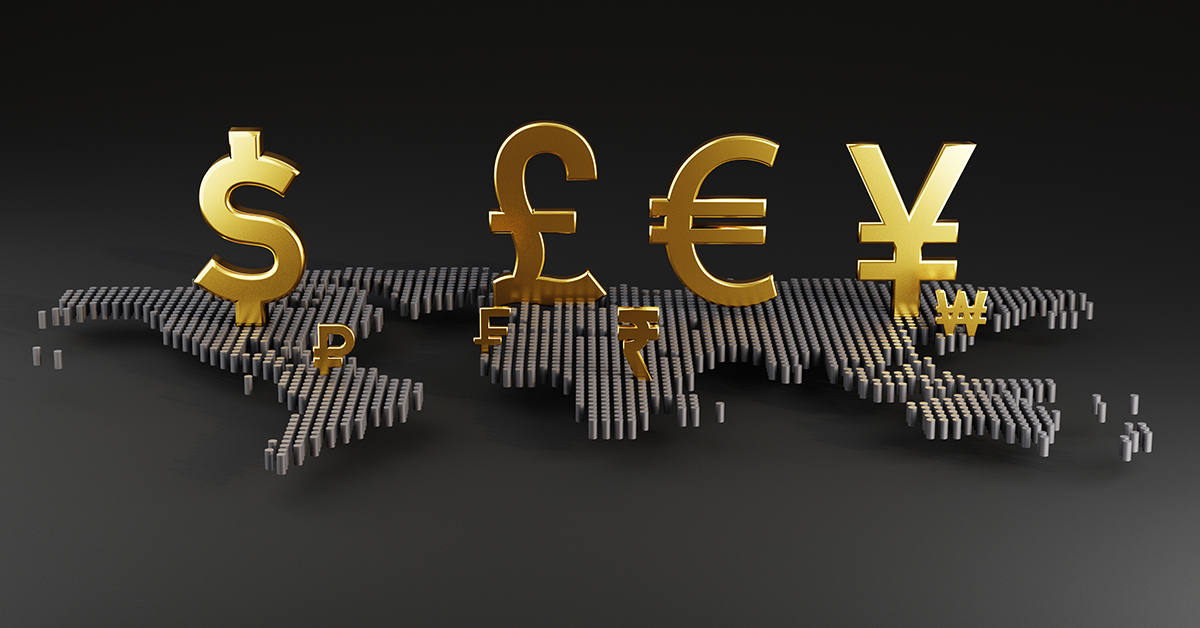
In the world of forex trading, various concepts and terminologies have a significant impact on traders’ experiences and outcomes. One of the fundamental terms every forex trader should be familiar with is a “pip.” Understanding what a pip is, along with its implications and applications, can help you navigate the complexities of the forex market more effectively. In this article, we will explore the meaning of a pip, its importance in trading, how to calculate it, and its influence on trading strategies. For further insights into trading, check out what is a pip in forex trading Trading Connexion.
A pip, or “percentage in point,” is the smallest price move that a given exchange rate can make based on market convention. In the forex market, currencies are traded in pairs, and the value of a pip can vary depending on the currency pair being traded. Traditionally, a pip refers to the fourth decimal place in currency pairs such as EUR/USD, USD/JPY, and others. For instance, if the EUR/USD is quoted at 1.1000, a change to 1.1001 would represent a movement of one pip.
However, with the advent of decimal pricing, which includes fractions of pips called “pipettes,” some brokers now quote currency pairs out to the fifth decimal place. In this case, a movement from 1.10001 to 1.10002 would represent a movement of one pipette, which is one-tenth of a pip. Understanding this distinction is essential for precise trading and analysis.
The Importance of Pips in Forex Trading
Pips serve as a crucial measure of price movement, and they are instrumental in calculating profit and loss in forex trading. Whenever a trader opens or closes a position, the number of pips gained or lost can be quantified to assess performance. For instance, if a trader enters a buy position on the EUR/USD at 1.1000 and exits at 1.1020, they would have realized a 20-pip profit.
Moreover, pips play a vital role in determining a trader’s spread, which is the difference between the buying price and selling price of a currency pair. Spreads are typically measured in pips and can vary by broker, currency pair, and market conditions. Understanding these spreads is essential for effective trade execution and cost management.
Calculating Pips
Calculating the value of a pip is straightforward but varies depending on the currency pair and the size of your position. The standard lot size in forex trading is typically 100,000 units. For a standard lot, the value of one pip is approximately $10 for most currency pairs. However, it can differ for currency pairs with different base currencies.
To calculate the pip value, you can use the following formula:

Pip Value = (One Pip / Exchange Rate) × Lot Size
For instance, if you are trading the USD/JPY pair, which is quoted at 110.00, the pip value for a standard lot would be calculated as follows:
Pip Value = (0.01 / 110.00) × 100,000 ≈ $9.09
It is essential to note that when trading with mini or micro lots, the pip value will decrease accordingly. For example, in a mini lot (10,000 units), the pip value would be approximately $1, and in a micro lot (1,000 units), it would be approximately $0.10.
Pips and Trading Strategies
Understanding pips and their significance can help traders develop more effective trading strategies. Many traders set their stop-loss and take-profit levels based on the number of pips they are willing to risk or gain. For example, a trader may decide to set a stop-loss 50 pips below the entry price to limit their potential losses and a take-profit order 100 pips above the entry price to secure profits.
Additionally, some trading strategies are specifically designed around pip movements, such as scalping or day trading, which focus on making quick trades to take advantage of small price movements. In these cases, understanding pip values and movements is crucial for success.
Conclusion
In conclusion, a pip is more than just a simple unit of measurement in forex trading; it is a vital component that helps traders analyze market movements, manage risk, and execute trading strategies. By understanding what a pip is and how it can affect your trading performance, you can make more informed trading decisions and improve your overall trading experience. As you continue your journey in the world of forex, remember that mastering the concept of pips is essential for becoming a successful trader.



